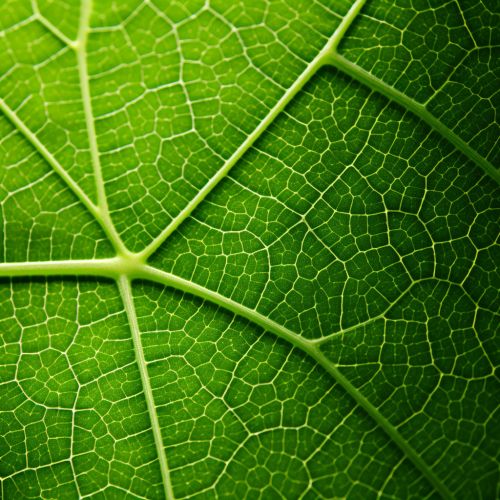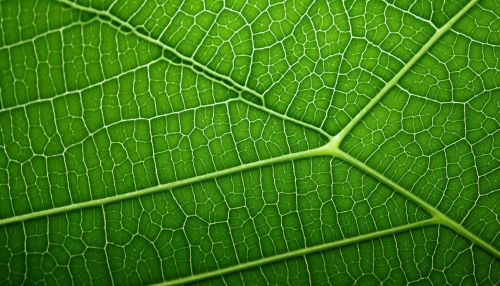Photosynthetic efficiency
Introduction
Photosynthetic efficiency refers to the fraction of light energy converted into chemical energy during photosynthesis in plants and algae. Photosynthesis is a process used by plants and other organisms to convert light energy, usually from the sun, into chemical energy that can be used to fuel the organisms' activities. This chemical energy is stored in carbohydrate molecules, such as sugars, which are synthesized from carbon dioxide and water.
Understanding Photosynthetic Efficiency
Photosynthetic efficiency is determined by the amount of light energy that is converted into chemical energy in the form of glucose through the process of photosynthesis. The efficiency of this process can be influenced by several factors, including the intensity and quality of light, the availability of water and carbon dioxide, and the temperature.


Factors Affecting Photosynthetic Efficiency
Light Intensity
The intensity of light can significantly impact the photosynthetic efficiency of a plant. At low light intensities, photosynthesis occurs at a slow rate as there is insufficient light energy to excite the chlorophyll molecules in the chloroplasts. As light intensity increases, the rate of photosynthesis also increases until a point known as the light saturation point is reached. Beyond this point, further increases in light intensity do not increase the rate of photosynthesis as the photosynthetic apparatus becomes saturated with light.
Light Quality
The quality or wavelength of light also affects photosynthetic efficiency. Plants primarily use red and blue light for photosynthesis, which corresponds to the absorption spectrum of chlorophyll. Green light is less effective as it is reflected by the plant, which is why plants appear green.
Carbon Dioxide Concentration
Carbon dioxide concentration is another factor that influences photosynthetic efficiency. As the concentration of carbon dioxide increases, the rate of photosynthesis also increases until a saturation point is reached. Beyond this point, further increases in carbon dioxide concentration do not increase the rate of photosynthesis.
Temperature
Temperature affects photosynthetic efficiency as it influences the rate of enzymatic reactions involved in photosynthesis. The rate of photosynthesis increases with temperature until an optimum temperature is reached. Beyond this temperature, the rate of photosynthesis declines due to denaturation of enzymes involved in the process.
Improving Photosynthetic Efficiency
Improving photosynthetic efficiency can lead to increased crop yields and more efficient use of land. This can be achieved through various methods, including genetic engineering, selective breeding, and agronomic practices.
Genetic Engineering
Genetic engineering is a powerful tool for improving photosynthetic efficiency. Scientists can modify plants to have more efficient photosynthetic pathways, or to better adapt to environmental conditions. For example, scientists have genetically engineered plants to use a more efficient photosynthetic pathway known as C4 photosynthesis, which allows plants to photosynthesize more efficiently in hot and dry conditions.
Selective Breeding
Selective breeding is another method for improving photosynthetic efficiency. By selecting and breeding plants that have naturally high photosynthetic efficiency, scientists can create new varieties of crops that are more efficient at converting light energy into chemical energy.
Agronomic Practices
Agronomic practices can also influence photosynthetic efficiency. For example, managing the amount of water and nutrients that plants receive can help optimize photosynthetic efficiency. Additionally, planting crops in areas with optimal light conditions can also increase photosynthetic efficiency.
Conclusion
Photosynthetic efficiency is a crucial factor in the growth and productivity of plants. Understanding the factors that influence photosynthetic efficiency and finding ways to improve it can lead to increased crop yields and more efficient use of land. As the world's population continues to grow, improving photosynthetic efficiency will become increasingly important in order to meet the growing demand for food.
